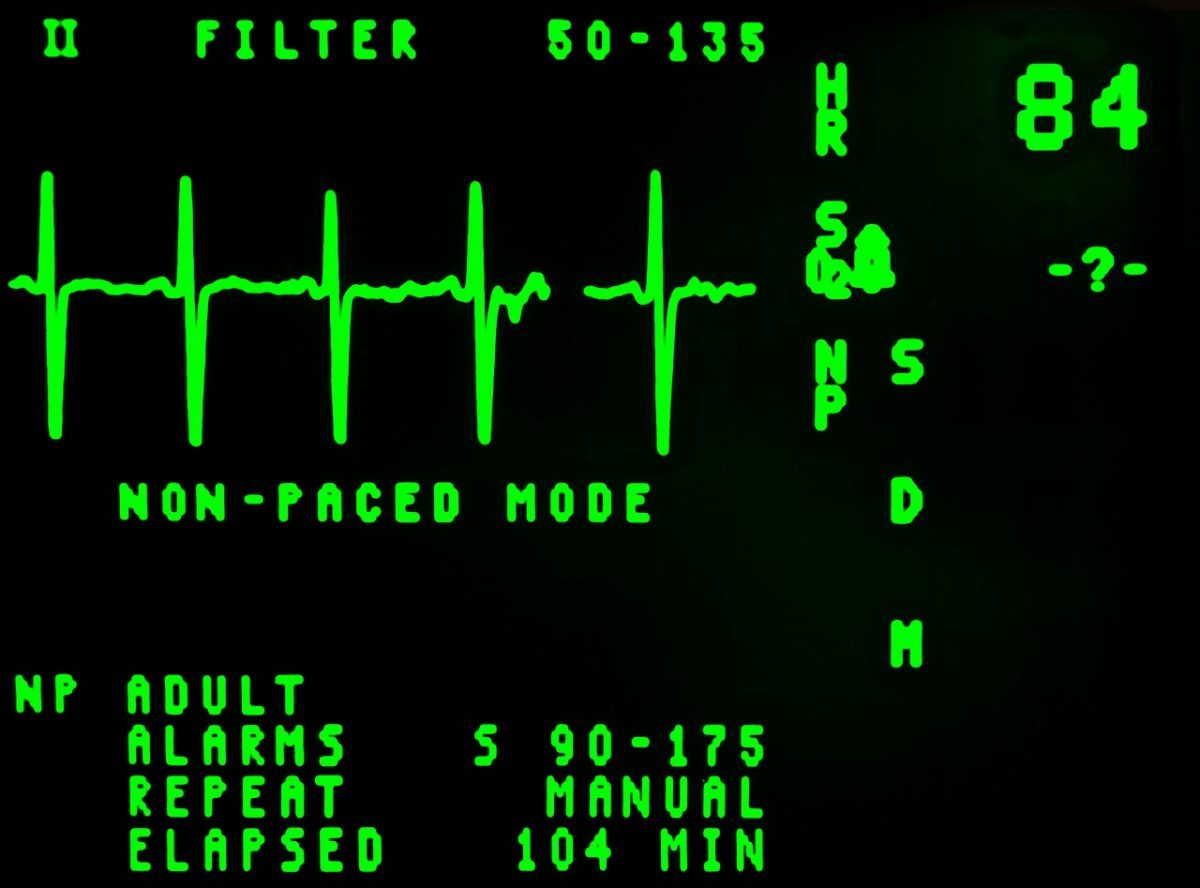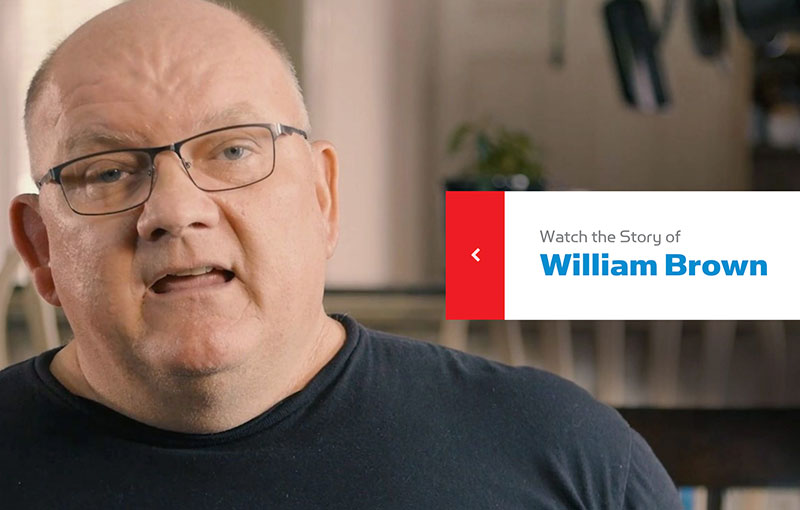Freestanding Emergency Care Center Myths Busted

Image from Pixabay
Emergency Care Centers are not at all a new trend in the medical care industry. In fact, Freestanding Emergency Departments (FSEDs) first started in the 1970s as a means to provide emergency services to rural areas, which were too small to maintain a hospital.
These days, Emergency Care Centers have become as common as convenience stores, thereby increasing accessibility for people who require medical attention. But despite how convenient an FSED may be, there are still people who are hesitant to get themselves treated in one. Questions about quality, accreditation, cost will always come into play when it comes to medical treatment and that’s precisely why we’re here to bust each of those FSED myths for you.
Myth #1: FSEDs can’t provide the same care as a Hospital Emergency Room
Freestanding emergency centers are licensed by the state to provide the same 24-hour emergency services as a hospital-based emergency room.
You will receive the same treatment that you would expect from a hospital emergency room in a freestanding emergency center. In fact, some FSEDs are owned and run by hospitals. FSEDs are equipped with equipment, medicine and other items necessary to handle any type of medical emergency. These facilities are run, and sometimes owned, by experienced and licensed Emergency Medicine Practitioners who are fully capable of helping you with whatever medical treatment you need.
Myth #2: FSEDs are expensive
Yes, emergency care is expensive and has a higher premium than most clinics. The keyword here is EMERGENCY. When you are in an emergency, everything is treated with utmost urgency and attention. Laboratory tests and X-rays are rushed when run through an ER. It is also important to note that FSEDs run 24/7 just for such emergencies, hence the higher premium or rate.
Contrary to popular belief, Freestanding Emergency Rooms offer virtually the same rates as traditional hospital-based emergency rooms. However, FSEDs provide a distinct advantage to patients in that we avoid the overhead and sway of extra administrators associated with those ERs. Because of that, FSEDs are able to streamline services much more effectively and with a convenient, personal touch attached. Furthermore, FSEDs offer no wait time. They immediately bed all patients who come in, unlike hospital emergency rooms that are normally overcrowded. You’ll be amazed to see how much of a difference it makes!
Myth #3: FSEDs don’t accept patients with medical insurance
FSEDs are obligated to treat all patients who come to them in need of medical care. This is not only mandated by law, but also associated with a person’s basic human right. FSEDs were created to help more people, therefore, it doesn’t make sense for them to turn away people just because of medical insurance or payment issues.
It is mandated by law that FSEDs must treat the patient regardless of their insurance or ability to pay. Regarding reimbursements, there are certain laws and processes, which will allow the facility to do so, you just need to make the proper arrangements and work with them to achieve this.
FSEDs aren’t here to replace hospitals or clinics. You can think of us as an additional solution in the medical services industry. Just like any other FSEDs, Physicians Premier Emergency Room is here to make medical care more accessible.
Visit Physicians Premier Locations:
- Saratoga Emergency Room
- Staples Corpus Christi Emergency Room
- Ennis Joslin South Padre Island Emergency Room
- Portland Texas Emergency Room
- Calallen Texas Emergency Room
- Cibolo Emergency Room
- Bryan Emergency Room
Related Reads on Physicians Premier:


